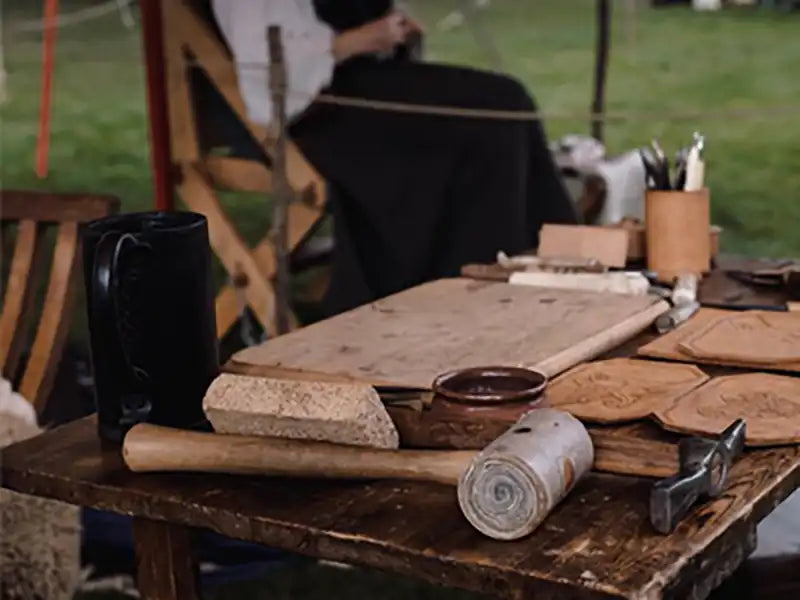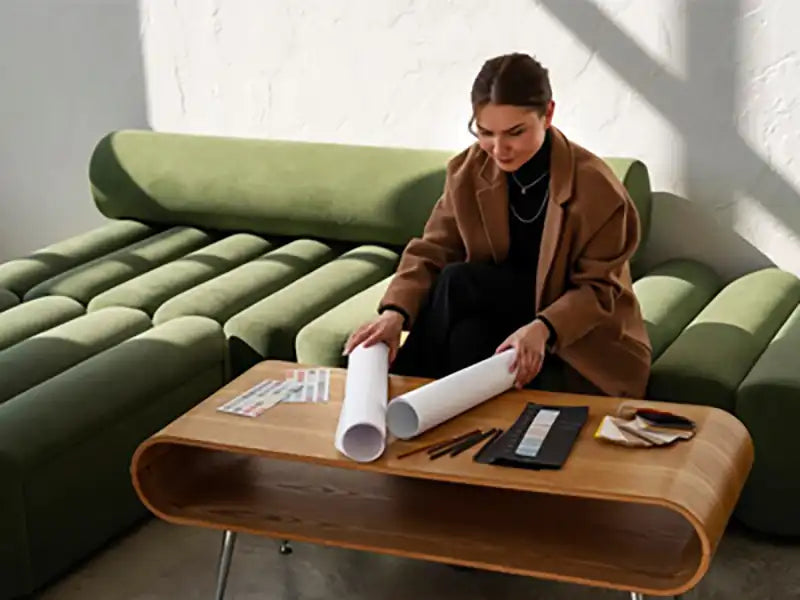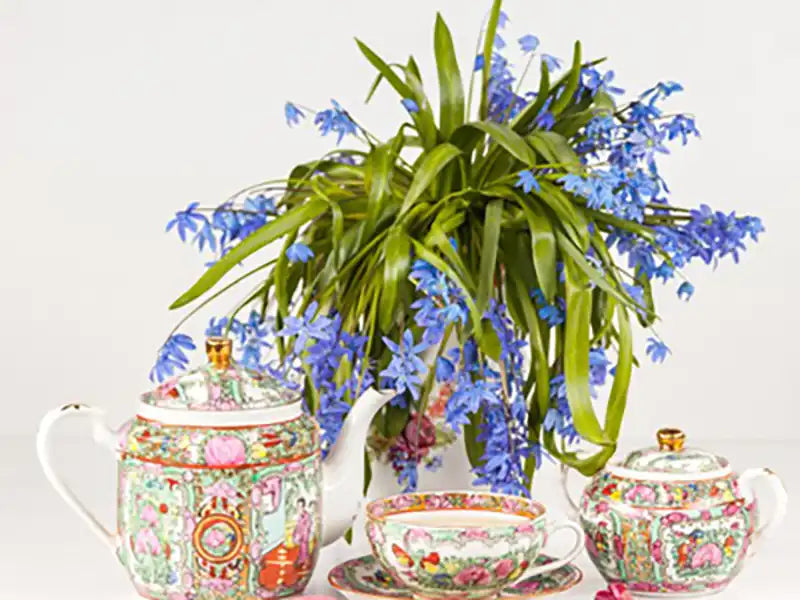Secrets of care; Growing and maintaining ornamental plants and houseplants
Indoor plants add color, texture and warmth to the home; They allow annual access to horticulture and can even improve air quality. Many indoor plants are easy to grow, but they need to be given proper care to grow. The greenhouse had started to grow - which was ideal, so moving it to your home would require a little care.
Proper irrigation, lighting and lighting are the most important components of indoor plant care, but humidity and temperature also play a role. The trick is to try to mimic the climate the plant comes from, and Simulate the same.
Tropical plants grow in hot, humid environments, while cacti and succulents prefer warm, dry climates. Of course, your home can't provide everything for all the plants, but you can choose the right type of plants for your home that you can arrange the right environment for, and with a few tricks you can convince your green friends that They live in their ideal environment.
With the right equipment, beautiful plants can grow easily!
We need the following:
Pots, soil and chemical fertilizers, plus large lights to bring green energy to the sun indoors.
Now, let's grow them!
Selection of ornamental houseplants and flowers:
The first thing to consider when choosing a houseplant is where you want to put it. Then adapt to the requirements of the plant and turn on the light. Do you have a large spot in a sunny window or a small space with soft light?
Then ask yourself if you are looking for a plant with beautiful green leaves or if you prefer a flowering plant. Some houseplants are seasonal flowering plants, while others will bloom year after year.
The third point is how much time you can spend on a plant. A wheat plant requires almost any amount of care (or carelessness), while an orchid needs loving and caring attention.
How to grow and maintain ornamental house flowers
Suitable water for ornamental apartment flowers:
The soil in the pot should be kept moist, but not wet. Of course, as we explain in moist, there are always exceptions - juicy plants and other thick plants are best when their soil dries between waterings.
If the soil is too dry or wet, the roots of the plant will begin to die, which can lead to insufficient growth or even death of the plant. There are several ways to determine when a plant will water. needs.
If the potting soil becomes colorless or cracked, it is probably time to water it. Take your plant and measure its weight after watering.
After a few times, you can determine when the plant needs watering. Of course, you can always keep your finger on the ground, to determine how wet the soil surface is.
For large plants, a smart handheld meter may be your best way to determine the presence of water around the plant's root mass.
Dehydration of ornamental house flowers:
Do not allow the plants to reach a point where they wither or the soil protrudes from the edge of the container. These signs indicate a lack of water and at this point the plant is severely stressed and its roots are damaged.
Symptoms of dehydration include:
Slow leaf growth
Semi-transparent leaves
Premature shedding of flowers and leaves
Brown, yellow or crooked edges of the leaves
Shurich Bordi is an effective automatic watering for plants. It is not only useful for watering plants, but also a beautiful decorative device. Do you want to go on vacation? Can't water your plants properly? Simply fill with water and make sure your plant is fully irrigated for more than four days.
Extensive watering for ornamental apartment flowers:
Too much water is as harmful as too little irrigation. In answer to your question, users of the horticulture tips section in Namnak, we must say that the forces of continuous irrigation evacuate the air from the soil and open the door to cultivate bacteria and fungi to move. Too much irrigation is the number one killer.
Symptoms of waterlogging include:
Fungi or mold on the soil surface
Soft brown roots (perhaps smelly) at the bottom of the pot
Water standing on the bottom of the container
Leaves with rotten brown spots
A lot of watering
How are ornamental house flowers spoiled?
Flowering ornamental houseplants:
Watering according to the needs and demands of the plant:
Some plants need more water and others need less water.
Here are some plants that need more water:
_Flowering plants
Plants in clay pots
Plants that grow in small pots
Activate growing plants:
Plants in direct sunlight
Plants with large leaves or thin leaves
Plants that are native to humid areas
The plant has recently been relocated
Plants that grow in high humidity
Plants that are located in a cool room
Potted plant in containers without porosity
Plants with thick leaves or rubber
Plants that grow in a combination of water
For those who are too busy with a regular watering program, which needs to be checked every 3 to 4 days, there are several irrigation tools available. It absorbs a wet wick from a container of water into the root ball of your plant.
Water quality for ornamental apartment flowers:
Room temperature tap water should be good for most houseplants, even if chlorine or fluoride is added to your city water. Plants especially like rainwater or melted snow (unless you live in an acid rainy area).
Avoid regular use of soft water, which may contain sodium.
How to irrigate ornamental apartment flowers:
Plants can be watered from above or below. When watering from above, try not to moisten the leaves, while the whole soil is moist. Water should come out of the bottom holes of the pot.
If you prefer your plants to do the job, place the plant in a container of water and the roots (and the capillary action in the soil) will lift whatever they need. This is known as bottom irrigation. .
Tip: Be sure to remove standing water from the pot one hour after watering.
Drainage of ornamental apartment flowers:
Good drainage is essential to have healthy houseplants. Start with a good potting soil (not ordinary soil) that is specifically mixed for indoor gardening.
Choose a pot with drainage holes or place a layer of pebbles on the bottom of a holeless container. The point is not to let the plant stay in the water. Check from time to time that the holes are not blocked. And always drain the standing water.
Suitable light for ornamental apartment flowers:
Like irrigation, each plant has different light requirements. Many plants prefer direct sunlight, but this can be difficult for a home. Placing a plant in front of a window may provide enough light, but some houseplants need different light to grow. .
The light needed by the flower
Suitable conditions for growing ornamental apartment flowers
What is important in keeping ornamental house flowers?
Godard plants:
Flowering plants generally do best in relatively bright light, which is why windows to the south, east or west of the house are best for flowering plants.
Increase indoors with a fluorescent and light all year round. The low profile design provides more focused light than standard moonlight. In addition, no heat means that light can be given to your plants for more light energy and improved productivity.
Foliage:
Deciduous plants can be divided into three categories: those that need low light, medium light and high light. A dimly lit room is sufficient for plants that want to survive in low light areas. Medium light prefers a facing window, light is emitted through a thin curtain or daylight without direct sunlight.
Indoor plants that prefer high light should grow in a window facing south or under light. Some plants will be content to be outside in the summer to get a little more light.
Ornamental apartment flowers temperature:
Many houseplants grow at temperatures between 65 and 75 degrees Celsius during the day and 55 to 60 degrees Celsius at night. Of course, temperature preferences vary from plant to plant with tropical plants at about 90 ° C (or higher) and other plants at colder temperatures.
Humidity of ornamental apartment flowers:
Most plants grow in high humidity - about 80%. Unfortunately, most homes are drier, especially in winter, when forced heat can even reduce humidity.
Using a humidifier can help, but there are other ways to increase the humidity near the plants. A small tray containing pebbles and water can increase the local humidity, which can accurately group the plants. .
Daily moisturizing the leaves can also help. For some plants, such as gardenia and orchids, keeping them in the bathroom or kitchen (both usually have higher humidity) can help.
Fertilizer for ornamental apartment flowers:
Each time a plant is irrigated, the soil nutrients are removed from the pot. Even if this did not happen, the plants would quickly deplete the nutrients in their soil. Unlike plants that live outdoors, houseplants do not have a regular source of nutrients unless you fertilize them regularly.
Fish once is great when the plants are flowering or growing. During the winter, when the plants are stagnant or do not grow much at all, chemical fertilizers can be stopped.
If a plant sheds its leaves, shows poor growth, or turns yellow, it may need more fertilizer.
You may also need more or less water, so spend more time analyzing all the conditions before pouring plant food. Adding chemical fertilizer when a plant doesn't need it can be worse than doing nothing.
Tip: If the plant withers, try watering first and then fertilize.
Apartment flower care
How to fertilize ornamental apartment flowers?
Important points of care for ornamental apartment flowers
Types of fertilizers:
Choose a specific organic fertilizer for your houseplants and read its instructions carefully. While natural fertilizers are less likely to burn or damage your plants than compound fertilizers, it is important to apply the right amount.
In general, plants that grow in low light do not need as much chemical fertilizer as plants that grow outdoors or in bright light.






